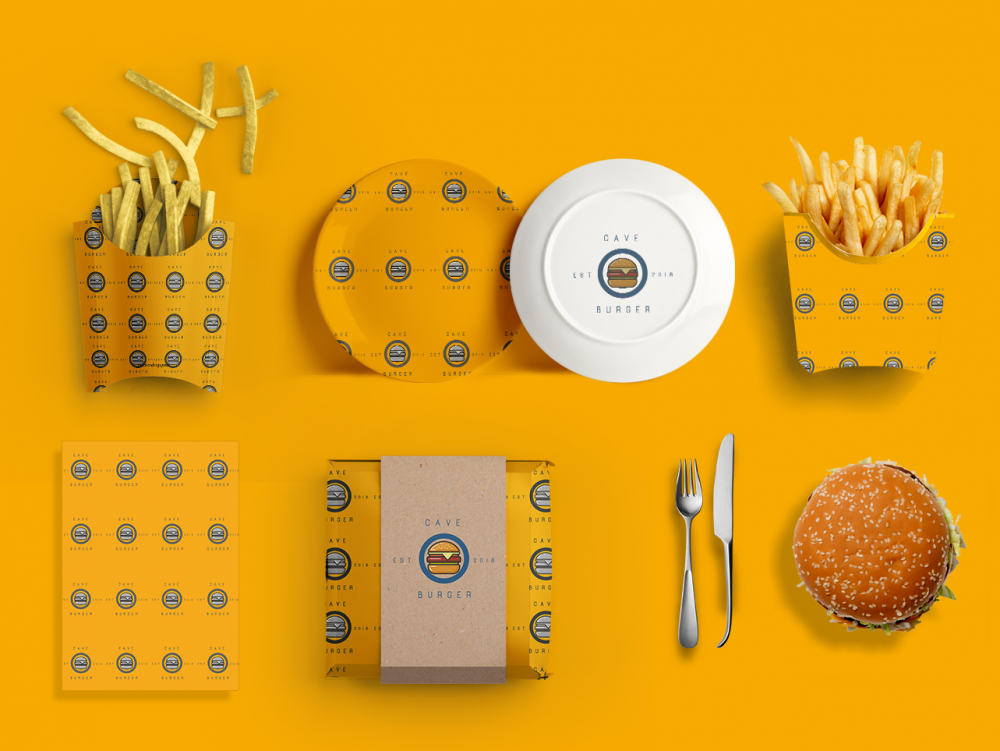Navigating Design: Steering Clear of Micromanagement & Design-by-Committee
November 29, 2023
Jeremy Wells
In the vast landscape of design, steering a project through the wilderness of Client expectations can sometimes feel akin to navigating uncharted territories. At Longitude, a hospitality branding and design group, we’ve seen our fair share of successful journeys and a few treacherous paths. Today, let’s set our compass to explore why “Micromanaging” and “Design by Committee” are like dense forests and murky swamps that hinder the journey, leading to unsatisfactory outcomes and less-than-optimal collaborations.
Micromanaging: The Perils of Not Trusting the Compass
Imagine, if you will, an ambitious explorer hiring an expert guide to traverse unexplored lands. They pay a premium for the guide’s expertise, yet as the journey begins, they insist on controlling every step, and every decision. The guide, once a master navigator, becomes a mere executor of the Client’s desires. The Client may direct the guide left when they should turn right; following a “gut feeling” or personal preference. Even if the navigator informs the Client that the destination is right ahead and around the bend, the Client doesn’t trust him. Thus, they arrive at a destination that doesn’t meet the expectations of the Client and creates great consternation for the guide.
In the design realm, this is the peril of a Client-Agency relationship of micromanagement.
Micromanagers fear losing control, but in their attempt to grasp every detail, they stifle the creative process. A designer, no matter how skilled, turns into a puppet, executing orders rather than crafting innovative solutions. The design loses its soul, and the compass loses its true north.
Design by Committee: The Frankenstein’s Monster of Collaboration
Now, imagine a group of explorers each holding a piece of a map, each with their own interpretation of the destination. Design by Committee is the attempt to navigate with too many hands on the wheel. The result? A chaotic mishmash, a Frankenstein’s Monster of design where purpose is lost, and compromise reigns.
Successful designs are rarely born from committee decisions. They emerge when a clear purpose is defined, and a select few, like a skilled expedition team, steer the ship. The “Frankenstein Monster” design, cobbled together from disparate opinions, seldom pleases anyone and rarely achieves its intended purpose.
The Longitude Way
At Longitude, our compass is calibrated differently. Our best-case studies never showcase designs birthed from micromanagement or design-by-committee chaos. The magic happens when Clients trust us to understand their goals and challenges, allowing us to chart a course that resonates with their brand’s essence and audience.
Our happiest Clients aren’t those who dictated every detail but those who embraced collaboration, even when it pushed them out of their comfort zones; into uncharted territory. Like skilled navigators, we chart a course that stretches, grows, and ultimately transforms both the Brand and the Client.
Navigational Tips
1. Defining Roles to Avoid the Shoals of Micromanagement
In the vast expanse of creative exploration, the waters of design are sometimes fraught with the perilous shoals of micromanagement. To avoid shipwrecking the creative process, it is imperative to define roles clearly from the outset. Imagine embarking on a maritime expedition with a skilled captain at the helm, only to find the entire crew attempting to steer the ship simultaneously. Much like the chaos that would ensue on such a vessel, micromanagement in design dilutes the expertise of the creative navigator, leaving them executing orders rather than steering the ship toward innovative solutions. By establishing decision-makers early, a clear chain of command emerges, allowing for collaborative input while ensuring the captain—the primary decision-maker—can confidently guide the ship through the creative seas.
2. Guest-Centric Design as the North Star
Just as explorers use a North Star as a constant reference point in their journeys, successful design must consistently refer to the guest as its guiding light. Placing guests at the epicenter of design ensures that the course set aligns with their preferences and resonates with their unique needs. Think of this approach as surveying the land, studying the landmarks that draw people in. Successful designs are not arbitrary; they are carefully mapped out based on an understanding of what appeals to the intended audience. By keeping the guest as the lodestar, the design journey stays true to its purpose, steering clear of the treacherous waters where designs lose their way.
3. Backing Assumptions with Data as the Compass, or Crafting Your Own Map When Data Is Scarce
In the uncharted territories of design, assumptions can be treacherous waters that jeopardize the success of the journey. To navigate these unknowns, a reliable compass is essential. Picture a seasoned explorer consulting an ancient map to verify the accuracy of their course or referring to celestial navigation to ensure they are on the right path. In design, this translates to backing assumptions with data.
However, we understand that not every creative expedition is equipped with an abundance of data. In cases where minimal or no data/research is available, it’s time to return to the defined ideal guest profile. It’s like crafting your own map when the existing charts are scarce. Make your best-informed guesses about what would resonate with your intended audience based on your understanding of their needs, preferences, and behaviors.
Just as explorers rely on their instincts and knowledge of the terrain when faced with uncharted lands, designers can trust their understanding of the guests to guide them in the absence of concrete data. This ensures that even in the absence of a well-documented path, the design journey remains purposeful and true to the intended audience. The compass may be crafted, but it still points toward success.
4. Minimizing Personal Feedback to Uncover the Design Trail
Just as a dense thicket can obstruct an explorer’s path, personal feedback that veers away from guest-centric goals can hinder the progress of a design expedition. It’s essential to prune away unnecessary foliage and focus on feedback that aligns with the intended audience. Envision a team of explorers receiving feedback from various members, each expressing their personal preferences. Without a discerning eye, this feedback can lead the design astray. Minimizing personal feedback ensures that the design trail remains clear and navigable. The focus shifts from the individual preferences of the team to what will resonate with the target guest, allowing the design journey to unfold smoothly, unencumbered by unnecessary obstacles.
Time to Set Sail…
With design, each journey is a unique expedition, and at Longitude, we embark on these ventures with profound gratitude for every Client who places their trust in us to navigate the intricate waters of brand development. This trust is not taken lightly; it is a compass that guides us as we strive to deliver results that go above and beyond expectations.
Our commitment to healthy collaboration is unwavering, for we firmly believe that the most remarkable outcomes emerge when there is a symbiotic trust between the Client and the agency. Like skilled navigators, we understand that success is not merely about reaching the destination but savoring the journey, and this journey is most delightful when it is characterized by shared trust and creative synergy.
Whether you find yourself in need of a branding agency or are charting your course elsewhere, we offer this article as a reminder—a compass that points towards the enduring truth that the most exceptional brands rarely emerge from the realms of micromanagement or “design by committee.” They arise from a dance of expertise, trust, and a shared vision that propels both Client and Agency toward the summit of success. In every brand venture, may your sails be filled with the winds of collaboration, and may your journey be as rewarding as the destination itself.
Jeremy Wells
Partner at Longitude°
Jeremy is the author of Future Hospitality and Brand Strategist at Longitude°. As a member of the Education Committee for The Boutique & Lifestyle Leaders Association (BLLA) and a content contributor to Cornell University’s Hospitality Vision and Concept Design graduate program, he is a committed thought leader in hotel branding, concepting, and experience strategy.





